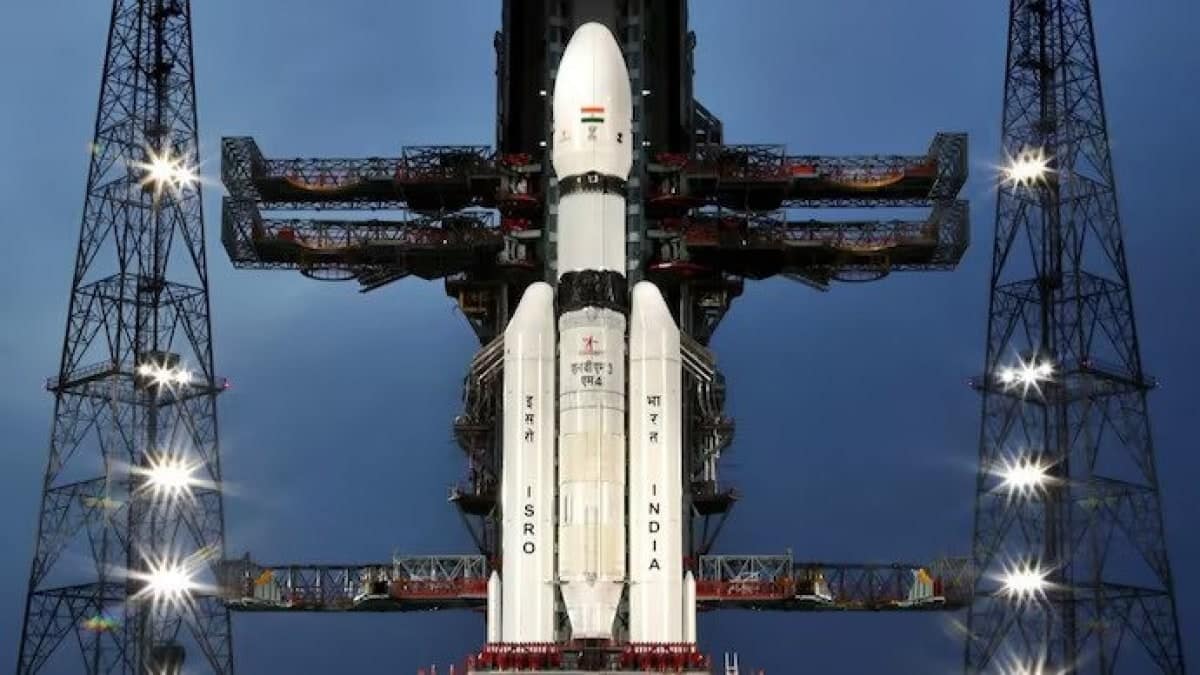On August 5, the Chandrayaan-3 successfully entered lunar orbit. With its successful insertion in orbit, ISRO notifies the expected landing date.
A tweet was shared by ISRO stating that the next operation–reduction of orbit–will be done around 11 PM on Sunday (6 August).
The Indian spacecraft will maneuvers further tonight at 11 PM, and there will be three more operations till August 17 following which the Landing Module Vikram carrying the rover Pragyan inside will break away from the Propulsion Module. After this, de-orbiting maneuvers will be carried on the lander before the final powered descent on the moon expected on 23 or 24 August.
Former ISRO scientist Tapan Misra explained about the Lunar Orbit insertion and the next process.
If Chandrayaan-3 succeeds in landing a robotic lunar rover, India will become the fourth country to master the technology of soft-landing on the moon’s surface after the US, China, and the former Soviet Union.
ISRO chief S. Somanath has said his engineers carefully studied data from the last failed mission and tried their best to fix the glitches.
The significance of the Chandrayaan-3 mission is that the Propulsion Module has a payload — SHAPE — Spectro- polarimetry of HAbitable Planet Earth which is to study earth from lunar orbit.
The ISRO said the SHAPE is an experimental payload to study the spectro-polarimetric signatures of the Earth in the near-infrared wavelength range.
Apart from the SHAPE payload, the Propulsion Module’s main function is to carry the Lander Module from launch vehicle injection orbit till lander separation.
The Lander Module after landing on the surface of the moon has payloads including RAMBHA-LP which is to measure the near surface plasma ions and electrons density and its changes, ChaSTE Chandra’s Surface Thermo Physical Experiment — to carry out the measurements of thermal properties of lunar surface near polar region– and ILSA (Instrument for Lunar Seismic Activity) to measure seismicity around the landing site and delineating the structure of the lunar crust and mantle.
The rover, after the soft-landing, would come out of the Lander Module and study the surface of the moon through its payloads APXS – Alpha Particle X-Ray Spectrometer.
If the rest of the current mission goes to plan, the mission will safely touch down near the Moon’s little-explored south pole between August 23 and 24.


